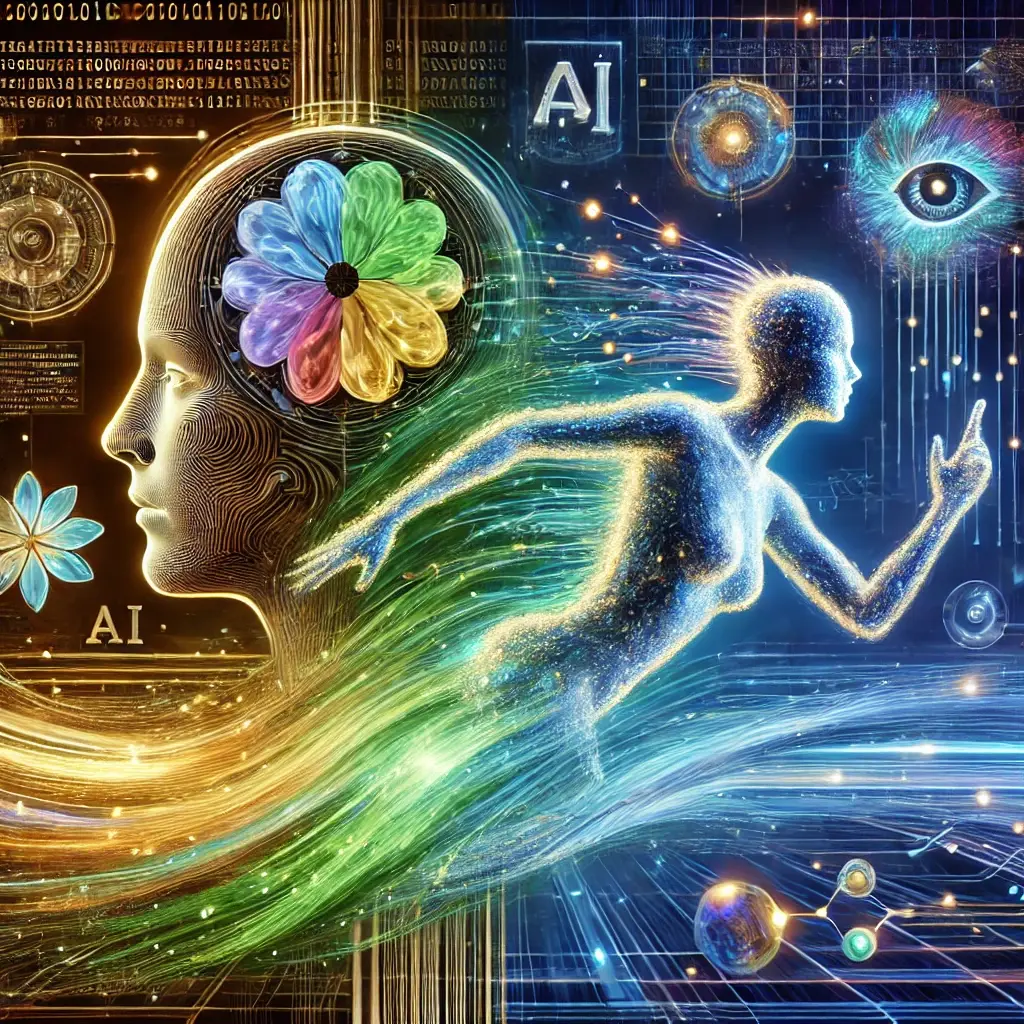Artificial intelligence (AI) not only replaces routine tasks but also creates new opportunities for collaboration with humans. As technology advances, the interaction between humans and AI deepens, opening up the possibility of symbiosis, where the strengths of both complement each other.
What is Human-AI Symbiosis?
Human-AI symbiosis refers to a partnership where humans and artificial intelligence work together to achieve common goals. Humans provide creativity, emotional intelligence, and ethical judgment, while AI offers speed, precision, and analytical power. This collaboration enables the resolution of tasks that would be impossible for humans or AI alone.
Applications of Human-AI Symbiosis
- Healthcare
In healthcare, AI assists doctors in diagnosing diseases by analyzing large volumes of data, such as CT or MRI scans. Physicians remain the primary decision-makers, while AI provides accurate predictions and recommendations.
Outcome: Faster diagnoses and more effective treatments.
- Education
AI is used to personalize the learning process. Platforms adapt materials to each student’s knowledge level and learning style.
Outcome: Improved understanding of material and individualized learning approaches.
- Business and Management
AI analytics helps businesses make strategic decisions by analyzing markets, customer behavior, and competitors. However, humans make the final calls.
Outcome: Increased efficiency and competitiveness.
- Creativity
AI is widely used in art, music, design, and literature. Humans generate ideas, while AI helps realize them. For example, algorithms create graphics or music based on specific parameters.
Outcome: Accelerated creative processes and the production of unique content.
- Engineering and Science
AI supports scientists in developing new materials, modeling complex systems, and analyzing experimental data. Humans remain the source of hypotheses, while AI handles calculations and problem-solving.
Outcome: Accelerated innovation.
Benefits of Human-AI Collaboration
- Productivity: AI handles routine tasks, giving humans more time for strategic thinking.
- Accuracy: Algorithms minimize errors caused by human factors.
- Speed: AI processes data much faster than humans.
- Creativity: Collaboration between humans and AI fosters innovative solutions.
Challenges of Symbiosis
- Ethical Concerns: Who is responsible for actions taken with AI assistance?
- Trust: People may doubt the accuracy of decisions made by AI.
- Dependence: Over-reliance on AI could reduce the importance of human contributions.
- Access Gap: Not all countries and organizations have equal access to advanced technologies.
The Future of Symbiosis
In the future, human-AI collaboration will become even closer thanks to:
Development of Interfaces: For instance, brain-computer interfaces will allow direct interaction with AI.
Improved AI Adaptability: Systems will better understand human needs and emotions.
Integration of AI in All Aspects of Life: From everyday tasks to global problem-solving

